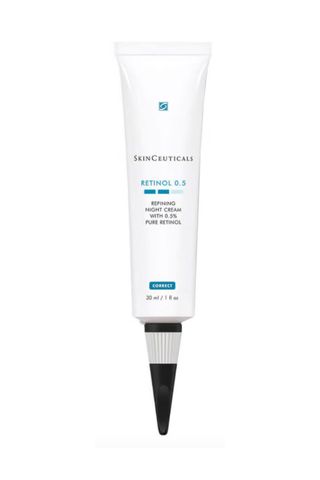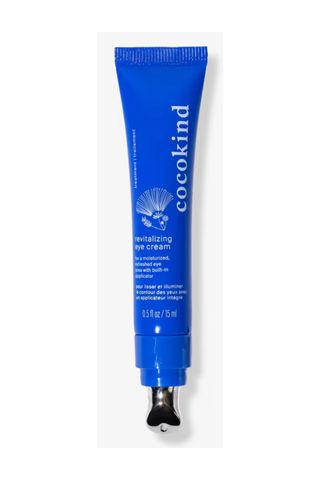The 10 Best Treatments for Under-Eye Wrinkles, According to Dermatologists
Smoother skin incoming.
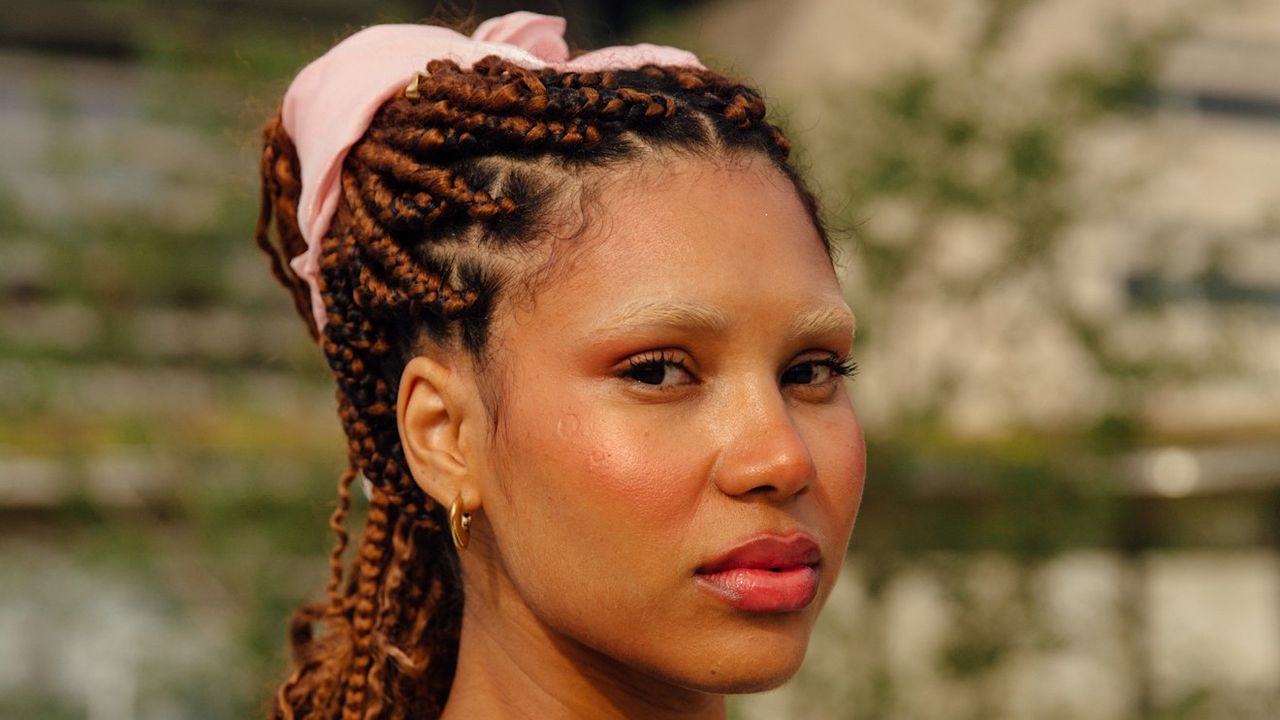
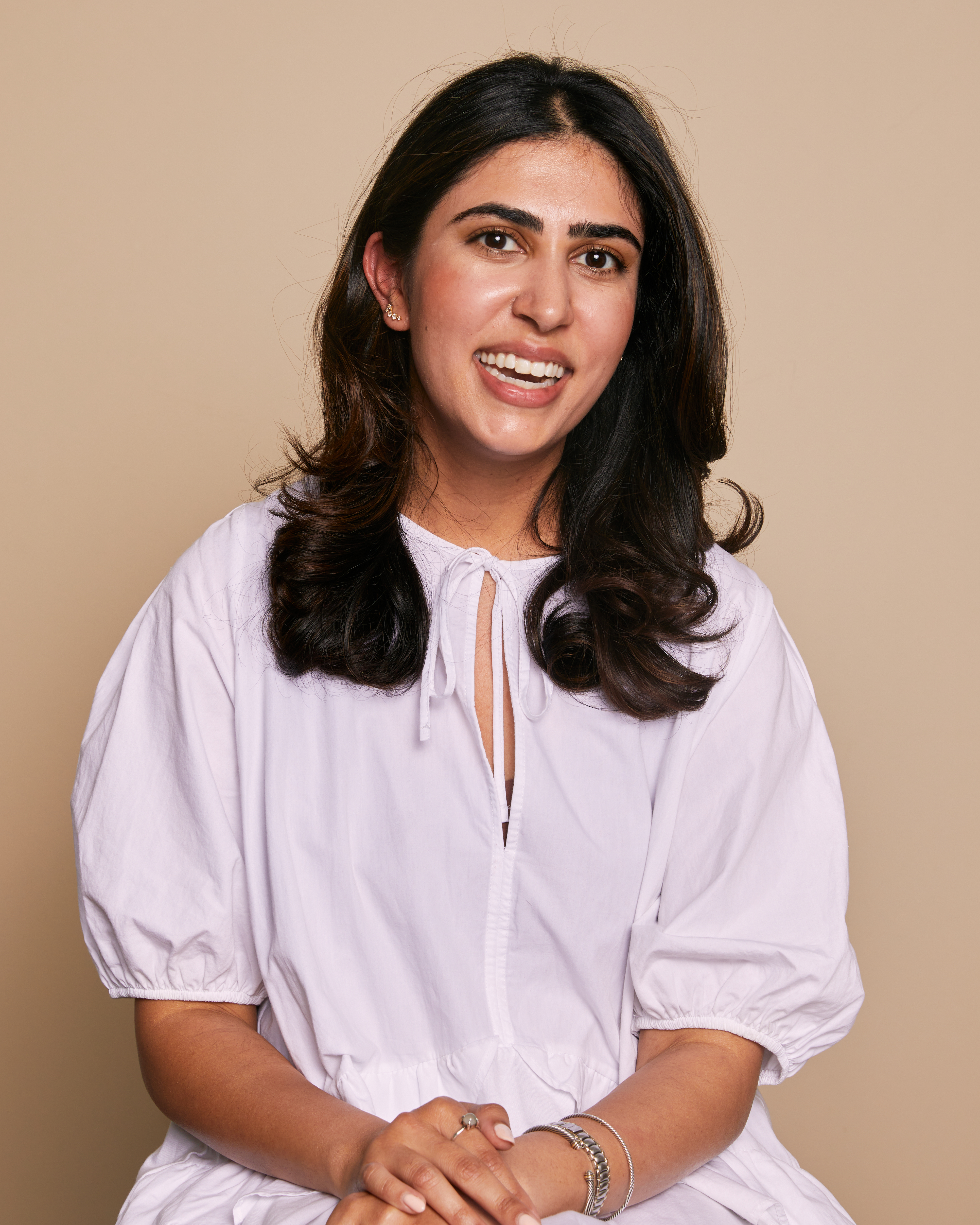
Under-eye wrinkles, crow’s feet, fine lines, signs of aging—call them what you want, but just know that everyone gets them. It’s a fact of life that when you reach a certain age, skin gets a little thinner, collagen depletes, and volume starts to decrease. Sometimes, even the best concealers for mature skin start to sink into those little crevices. Under-eye wrinkles don’t need to be “treated” because, quite frankly, there’s absolutely nothing wrong with having them. But should you want to plump and tighten up the area, I’m happy to report that you have options—a lot of them.
A simple de-puffing eye cream or a good night’s sleep might work wonders for some. Retinol will do the job for others. Or, you may want to consider laser stacking, injectables, or even hemorrhoid cream as an at-home fix (don’t judge just yet, please and thank you). "I've tried just about every tip in the book, but there's really no better way to treat under-eye wrinkles than with consistent skincare and few dermatologist visits for lasers," says 56-year-old Mindy Holender.
To get the full breakdown on what top dermatologists recommend for under-eye wrinkles, keep reading. I've spoken with Hadley King, M.D., Rina Weimann, M.D., Blair Murphy-Rose, M.D., and Azadeh Shirazi, M.D., to find the best, clinically-proven tips for reducing under-eye wrinkles and the best products to get the job done.
What Causes Under-Eye Wrinkles?
Under-eye wrinkles can refer to crow’s feet (the little lines extending from the outer corner of your eye), crepiness on the lid, or even a dramatization of little lines in the under-eye contour that come about from dehydration. “Typically, this is due to a loss of collagen and elastin, which occurs as a result of aging,” says Dr. Weimann. “Other causes of prominent eye wrinkles are lack of sleep, skin rashes (i.e., allergic reactions, eczema), allergies (i.e., dust mites) and frequent rubbing of the eyes."
How to Treat Under-Eye Wrinkles
If you're looking to reduce the appearance of fine lines, crow's feet, and wrinkles around the under-eyes, there a handful of lifestyle changes, skincare products, and clinical treatments to consider.
Use a Good Eye Cream
Keeping your under-eye contour and eyelid hydrated and nourished is hands-down the easiest way to both prevent and treat the development of wrinkles. You can seek our eye cream, packed with antioxidants, hydrating peptides (which are ideal for sensitive skin), and firming ingredients, but there’s no need to get so fancy. Over-the-counter Vaseline can do the trick, too, says Dr. Weimann. “This natural ingredient helps moisturize the skin around the eyes, locking in moisture and reducing puffiness and dryness contributing to that tired look.”
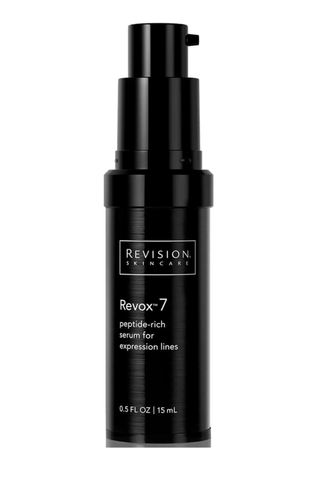
"One of the only clinically proven topical products that helps smooth the appearance of expression lines, this serum contains seven different anti-aging peptides. Their studies show that it softens the appearance of seven types of expression lines: forehead lines, glabella frown lines, crow's feet, bunny nose lines, nasolabial laugh lines, lip lines, marionette lines," says Dr. King.
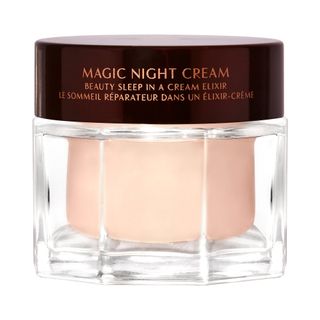
"It contains retinol, antioxidants, anti-aging peptides, algae extract, rice and soy peptides, and moisturizing ingredients to address fine lines, crepiness, dark circles, and puffiness. Even though it contains retinol, the overall formulation is hydrating and moisturizing and should be suitable for sensitive skin," says Dr. King.
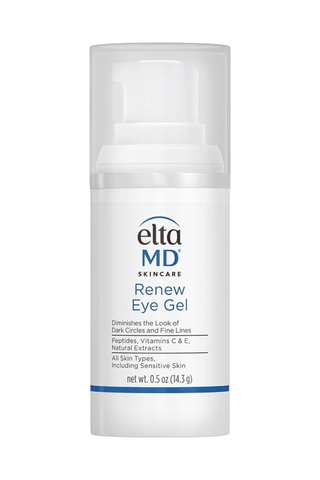
"This contains an ingredient called HDI/Trimethylol hexyl lactone cross polymer, which helps brighten the skin and reduce the appearance of fine lines by diffusing light, as well as glycosaminoglycans, which is an ingredient that promotes collagen in the skin and around the blood vessels to help reduce the appearance of dark circles," says Dr. Weimann. "This product also contains vitamin C, and niacinamide, as well as hydrating ingredients to help reduce redness and puffiness of the under eyes. I recommend using this eye gel twice daily (morning and evening) for optimal results."
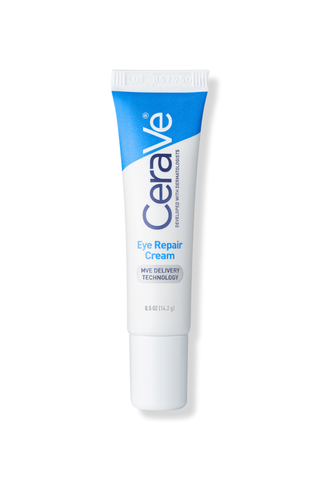
"This contains hyaluronic acid and ceramides, which are both hydrating and plump the skin and reduce the appearance of fine lines. This cream also contains niacinamide, an ingredient that helps reduce redness and has some anti-inflammatory properties. An added bonus, this product is hypoallergenic, fragrance-free and non-comedogenic (i.e. won't cause acne breakouts), making it ideal for acne-prone, sensitive skin," says Dr. Weimann.
Incorporate Retinol
As the number one anti-aging ingredient for your face, it shouldn’t come as a shocker that retinol can also help with under-eye wrinkles. Just be cautious. “Using potent retinol or retinoids close to the eye as these ingredients may be irritating and drying,” says Dr. Weimann. “The skin under the eye is delicate, and it is of the utmost importance to moisturize the skin rather than dry the skin.” She recommends finding retinol eye cream as well as hydrating ingredients like glycerin and ceramides to balance out any irritation. "I've been using the SkinCeuticals Retinol 0.5 for the past five years and it has made such a big difference," says Holender. "Every other night i apply a little dot on the outer corner of my eyes—you really don't need a lot—and my makeup and concealer really goes on so much smoother in the morning."
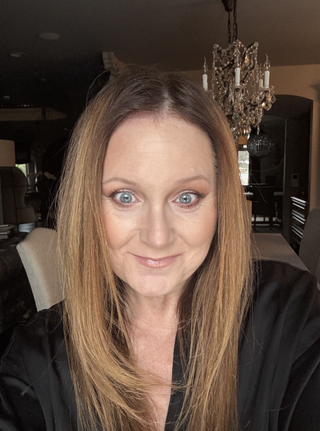
Mindy Holender uses retinol around her eyes.
Get a Good Night’s Sleep
“Lack of sleep is a cause of puffy eyes, dark circles and often fine lines," explains Dr. King. “With the lack of sleep there is an increase in fluid build up in the superficial blood vessels called venous congestion. This contributes to both dark circles and swelling.” You’re best off sleeping on your back with an elevated pillow.
Prioritize SPF
Sunscreen might not be top of mind when considering one’s eyelids, but Dr. Shirazi states that it's the most underrated treatment for thin eyelid skin, given that 90% of skin aging is from UV rays. It’s best to use at least an SPF of 30 and one that helps with firmness and elasticity. If you’re going to apply concealer afterward, it’s helpful to choose a lightweight formula. Alternatively, you could consider a concealer formulated with SPF or tinted sunscreen if you can’t stomach the thought of adding another step to your routine (which, fair!).
Consistency is Key
According to Dr. Shirazi, choosing products with proven active ingredients designed for the delicate under-eye area, such as retinol, peptides, and collagen-stimulating formulas, will make the biggest difference. However, as with everything, consistency over a long period is key to seeing noticeable changes. “If you are only applying [products] periodically, then you’re not going to see real results,” she says. “Remember to use a very thin layer of a well-formulated product just over the bony part of the eyelid to avoid irritation.”
Try a Neurotoxin
If crow’s feet are enemy number one, a neuromodulator like Botox, Dysport, Daxxify, or Xeomin is the most effective treatment. “These products act to relax the muscles of facial expression that were causing the lines to form when they contracted, and so then the lines soften,” explains Dr. King. “This treatment is very safe and it will wear off after three or four months and will need to be repeated if you desire ongoing results.”
You should discuss all risks with your board-certified dermatologist and seek out an experienced, trained practitioner.
Test Out Filler
Talk to your dermatologist before committing to under-eye filler as it can sometimes worsen puffiness. “Under-eye filler may be helpful to reduce the hollowness and plump up the eyelid skin, and as a result may help to reduce the appearance of fine lines,” says Dr. Weimann. You can expect the results to last roughly six to nine months. Should you be unhappy with the results, there is always an option to have hyaluronic acid filler dissolved with hyaluronidase.
Consider Laser Resurfacing
If you’re more concerned with general creepiness than deep wrinkles, a laser might just be the way to go. “There will be some downtime because the skin will be red and swollen after the treatment, but this is a great way to stimulate collagen production and improve the skin texture,” says Dr. King. She recommends lasers such as Clear + Brilliant or Fraxel, the more aggressive of the two.
Dr. Weimann is also a fan of the Exilis laser device, which is used in a clinical setting to tighten the skin, while promoting collagen and elastin production. “The benefits of these laser devices may take up to three to four months to appreciate results and may require several treatments,” she says. It’s a long-term game, but the results are worthwhile.
Consider In-Office Treatments
Dr. Murphy-Rose says that laser resurfacing, such as fractional CO2 or erbium lasers, helps to promote collagen, smooth skin texture, and reduce wrinkles and lines. “The area under the eye is very delicate, so it can be tightened and rejuvenated using radiofrequency devices, microneedling, and PRP.” But her favorite treatment for this area is Sofwave, as “it significantly improves the skin around the eyes with no downtime using high-frequency focused ultrasound waves. My patients experience a beautiful tightening and lifting of skin around the eye, reducing laxity and fine lines.”
Try At-Home Tools
While not all at-home tools are created equal, Dr. Murphy-Rose explains that radiofrequency and ultrasound energy devices offer skin tightening and collagen stimulation without downtime. “They penetrate the skin and heat the dermal skin layers, causing collagen production and skin contraction over time,” she says. “They are also safe for all skin types, including darker skin tones.”
Why Trust Us
Marie Claire is an expert in skin care, having covered topics ranging from the best products to fight rosacea and de-puffing eye creams that actually work, to deep dives into what to know before getting filler and reviews of innovative aesthetic treatments (yes, even salmon sperm injections).
Beauty writer Iman Balagam brings nearly a decade of expertise to this story and has tested hundreds of beauty products and treatments to target fine lines and prevent them before they set in. For this piece, she consulted four board-certified dermatologists.
Meet the Experts

Hadley King, MD is a board-certified dermatologist who specializes in medical and cosmetic dermatology. She is also a Clinical Instructor of Dermatology at the Weill Medical College of Cornell University. Dr. King graduated magna cum laude from Harvard College with a degree in biochemistry. She received her MD from Columbia University. She trained in medicine at Greenwich Hospital, affiliated with the Yale University School of Medicine, and completed her dermatology residency at the Weill Medical College of Cornell University. After residency, Dr. King worked as an attending physician at Memorial Sloan-Kettering Cancer Center, during which time she specialized cutaneous oncology and photodynamic therapy. She also has a background in immunology and her research has been published in a variety of medical journals, including the Journal of the American Medical Association.

Dr. Weimann grew up in Syracuse, New York and her family currently resides in Reading, PA. She graduated from Pennsylvania State University, summa cum laude with a Bachelor of Science. She received her medical degree from George Washington University School of Medicine with highest distinction as a member of the Alpha Omega Alpha National Medical Honor Society and Gold Humanism Honor Society. She then completed an Internship in Internal Medicine at Drexel University College of Medicine/Hahnemann University Hospital. She completed her Dermatology training at Drexel University College of Medicine/Hahnemann University Hospital and Thomas Jefferson University.

Dr. Blair Murphy-Rose, MD, FAAD is a board-certified cosmetic and medical dermatologist specializing in facial rejuvenation at the Laser & Skin Surgery Center of New York and Clinical Instructor of Dermatology at Weill Cornell Medical College. She is a fellow of the American Academy of Dermatology, the American Society of Dermatologic Surgery and the American Society for Laser Medicine and Surgery. She is a Castle + Connolly Top Doctor and Super Doctor of NY. Owner of Skincare Junkie.

Dr. Azadeh Shirazi, MD is a board-certified dermatologist specializing in medical, surgical, and cosmetic dermatology. She received her undergraduate and medical degrees from the University Of Kentucky College of Medicine. She then went on to do a Research Fellowship at Harvard Medical School at the Wellman Center for Photomedicine. She embodies a strong passion for dermatology and truly enjoys the art of aesthetics every day, and she can arguably be called the most skilled dermatologist La Jolla has to offer.
Stay In The Know
Get exclusive access to fashion and beauty trends, hot-off-the-press celebrity news, and more.

Iman Balagam is a New York-based freelance writer with several years of experience covering the beauty industry. Balagam's writing has been featured in editorial outlets like Cosmopolitan, Teen Vogue, Byrdie, and Harper's Bazaar.
-
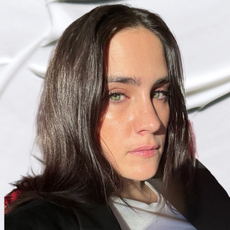 Here's How Our Shopping Editor Bid Adieu to Her Dull, Dehydrated Skin
Here's How Our Shopping Editor Bid Adieu to Her Dull, Dehydrated SkinA few key products make all the difference.
By Julia Marzovilla Published
-
 Fashion Has Always Loved Florals
Fashion Has Always Loved FloralsFrom Dior’s iconic rosettes to Laura Ashley’s vintage blooms.
By Emma Childs Published
-
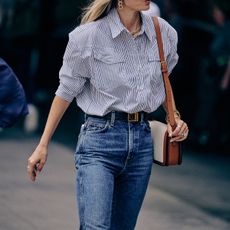 Women-Led Fashion Brands Are Facing Tariffs with Quick Thinking and Grit
Women-Led Fashion Brands Are Facing Tariffs with Quick Thinking and GritIndependent designers have the most to lose, and shoppers will feel the impact.
By Halie LeSavage Published
-
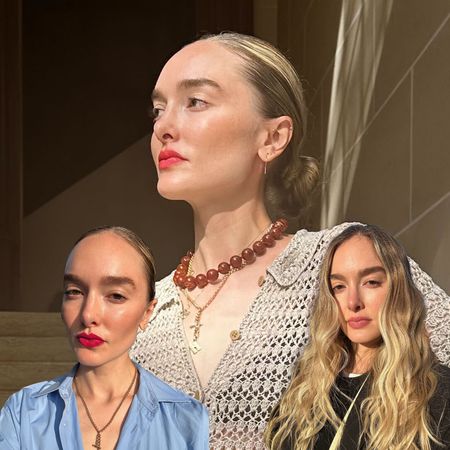 People Always Compliment My Flawless Skin—These 6 Steps Are Why
People Always Compliment My Flawless Skin—These 6 Steps Are WhyFrom sunscreen and essences to moisturizers, it's all here.
By Hannah Baxter Published
-
 Sulwhasoo’s New Concentrated Ginseng Cream Is a Wrinkle-Erasing Time Machine for My Skin
Sulwhasoo’s New Concentrated Ginseng Cream Is a Wrinkle-Erasing Time Machine for My SkinThis Seoul-based brand is the key to plump skin.
By Samantha Holender Published
-
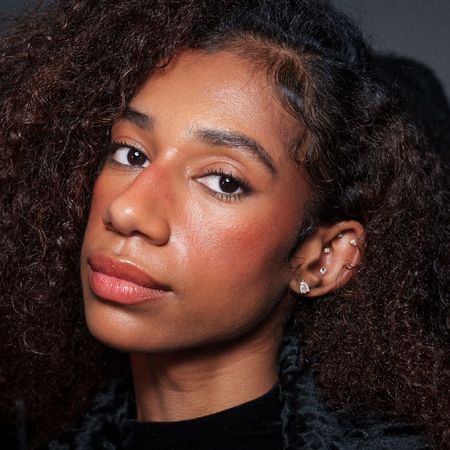 The 10 Best Hair Growth Shampoos of 2025, Tested by Editors
The 10 Best Hair Growth Shampoos of 2025, Tested by EditorsExpensive and healthy-looking hair on lock.
By Marisa Petrarca Published
-
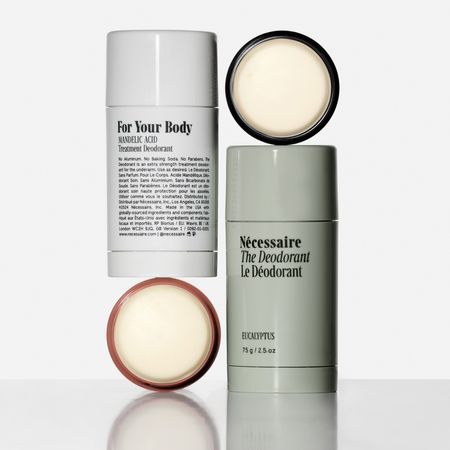 Nécessaire's Extra-Strength Deodorant Outlasts an Editor's Sweatiest Test: Fashion Week
Nécessaire's Extra-Strength Deodorant Outlasts an Editor's Sweatiest Test: Fashion WeekEven with my hectic schedule, I've never smelled better.
By Halie LeSavage Published
-
 The 13 Best Foundations for Mature Skin, Tested by Women Over 50
The 13 Best Foundations for Mature Skin, Tested by Women Over 50It's perfect for mature complexions.
By Siena Gagliano Published
-
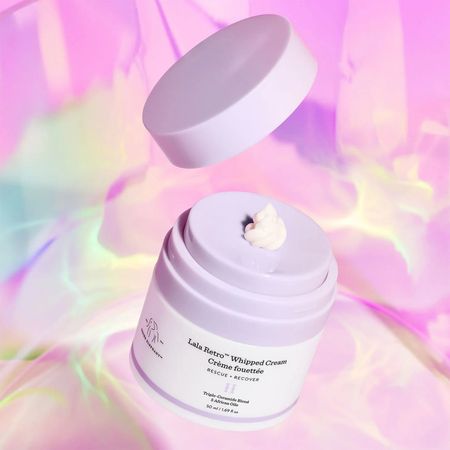 Drunk Elephant Recalls Three Best-Selling Skincare Products Following an Ingredient Mix-Up
Drunk Elephant Recalls Three Best-Selling Skincare Products Following an Ingredient Mix-UpHere's how to know if yours were compromised.
By Hanna Lustig Published
-
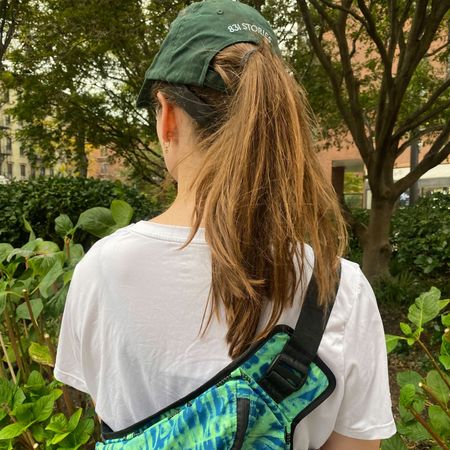 As A First-Time Marathon Runner, These Wellness Essentials Helped Enhance My Training and Recovery
As A First-Time Marathon Runner, These Wellness Essentials Helped Enhance My Training and RecoveryFrom a hardworking deodorant to a soothing sauna blanket.
By Halie LeSavage Published
-
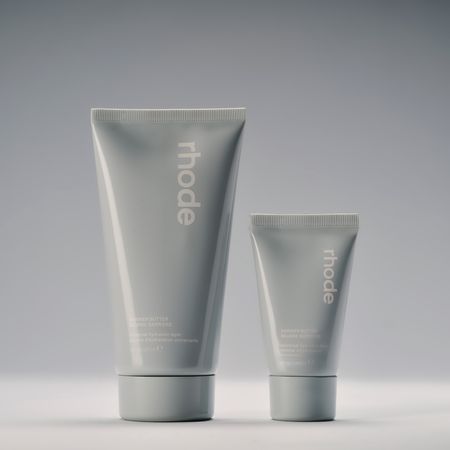 Hailey Bieber’s New Rhode Barrier Butter Is So Decadent, You’ll Want to Smear It Everywhere
Hailey Bieber’s New Rhode Barrier Butter Is So Decadent, You’ll Want to Smear It EverywhereIntroducing the brand's yummiest product yet: Barrier Butter.
By Hanna Lustig Last updated
